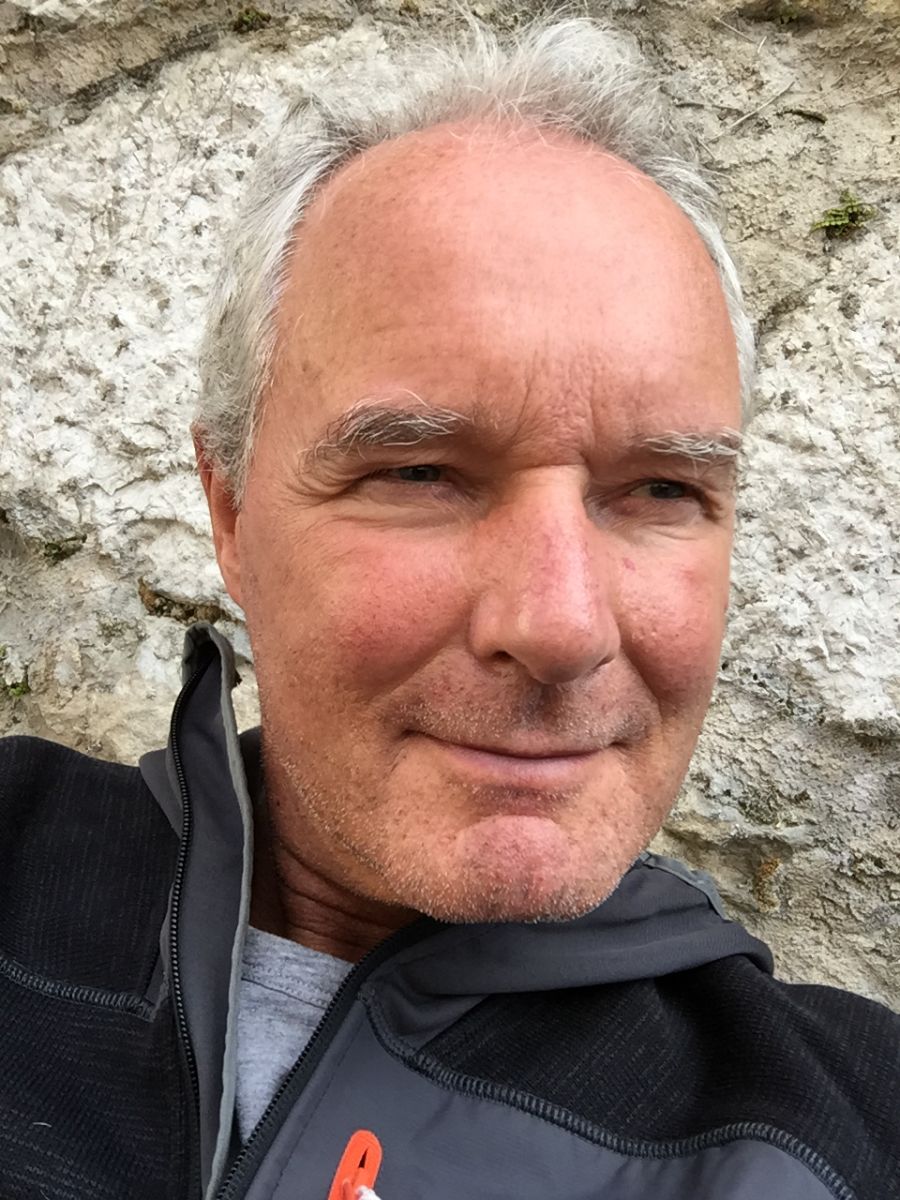Prospects in the Ukraine for a portable medical device?
Meet Anna Starynska. You’ll like her story...
The story starts in December 2014 and an encounter between Anna and Illia Chaikovsky, professor at the Glushkov Institute of Cybernetics in Kiev. Anna is CEO of a consulting company called Spider Management Technologies. Illia has developed a small portable electrocardiograph. Anna says “This was an encounter that changed my life. I am over 45 and have lost a number of family members due to undiagnosed heart troubles. I felt inspired by this tool and wanted it to be successful”.
Zoom out. Anna lives in a country where 8000 people have recently died in a conflict that has grabbed headlines all over the world. Ukraine has a terrific tradition of scientific achievements. However, the mainly Russian value chains that it was once a part of have now broken up. In economic terms, much of Ukraine is like an inundated landscape with only high points still emerging from the water. It is urgent to find new economic homes for a number of world-class self-standing technologies.
A small portable electrocardiograph linked to smartphones and operated in the cloud: 200 parameters of ECG made understandable and actionable for non-specialists. This fits with the notion of giving individuals back part of control over their own health. And it might also affect their wallets. If Usage Based Insurance (insurance premiums based on driver behaviour, by way of in-car telematics) is with us, how far away can be “Pay As You Live” insurance solutions: healthy premiums for those adhering to a healthy lifestyle?
At the moment, prototypes of the system are operated in the Ukrainian ATO zone in the east of the country, saving lives of local civilians and soldiers.
Three export-able applications will be beta’d early 2016.
The sports version, making it possible for amateur athletes and sports clubs to evaluate the effect of sports training. So, individuals and coaches can schedule fitness peaks for the next match or sports encounter. Data can be transmitted by individual users directly to their coach and/or GP.
The 45+ version takes into account the needs of middle-aged and elderly people, who want to share their vital data with family, GP or carers.
And finally, the GP version, which is data-heavy, analyzing ECG in 12 recognised leads and restoring it with 3 additional orthogonal leads. This version is focused on diagnosis of the most common heart diseases and monitors the extent of myocardial injury of patients with myocardial infarction. This version is of great interest for countries where healthcare professionals are few as it enables a single GP to monitor a large territory.
All three apps give instant feedback on stamina (the ability to remain active), myocardium (the muscle tissue of the heart), heart rhythm and emotional state. All this on a smartphone linked to a small machine about half the size of a smartphone.
Anna says “We are currently planning clinical trials and are delighted to be supported by Oxford University’s Isis Innovation Ltd”.
So, what are the lessons that we, as management consultants, may take away from this venture? I think there are two main ones:
1. This case is a textbook example of a situation where a consultant had the opportunity to move on from giving riskless advice to shouldering part of the business risk in a joint venture. Anna is now CEO of Cardiolyse and she did it because she felt “inspired”. As consultants, we are in contact with a great variety of situations - so we are, perhaps, in a good position to allow ourselves to be “inspired”.
2. What are, I asked Cardiolyse’s Andrei Karol, the main challenges for a consultant to a tech start-up in Ukraine? He says “When you are outside of the box and you haven't ideas how it must work, you are allowed to ask stupid questions - use this license to verify all assumptions step by step. Then create a business model that is based on verified assumptions - use Ockham’s razor”. “It is important to be good at product presentation: tech geeks usually have little idea how to explain their vision to a wider public”. And finally, he mentions networking and “never to forget that cash is king”.
BTW - where do I come into this? Well, I met Anna and her company early July. We started a project on innovation and that is when I heard this story.
References:
Cardiolyse.me, icyb.kiev.ua, isis-innovation.com, spiderproject.com.ua
Liveryman Robert Fonteijn
Visiting Professor | ISEG Business and Finance School | Paris
Director, International Accounts | Elevation Learning | London
CEO | expro-consulting.com
Skype robert.fonteijn
